WORDS
Heidi Helbig
photography
Sam Kroepsch
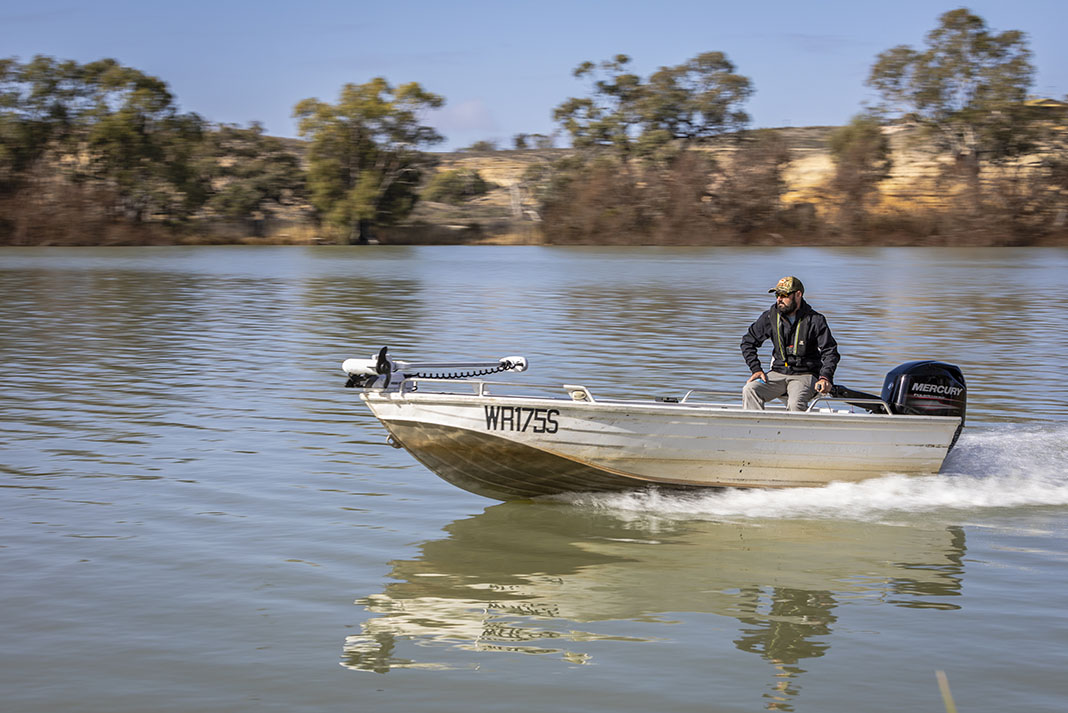
If you can’t catch Lubin Pfeiffer chances are he’s gone fishing – possibly in the Tasman or the Indian Ocean.
When he’s not working alongside his dad in the family sparky business, the 33-year-old from Moculta can be found on-location in exotic places, filming, shooting or writing about his latest catch.
One of Australia’s leading competition fly fishers, Lubin is well-known for his expertise in both freshwater and salt, plus his ability to hook a diversity of species on bait, lure or fly.
Every Autumn he is fishing the lakes, rivers and inhospitable coastline of New Zealand full-time for Big Angry Fish, a cult fishing show that is televised in 40 countries worldwide.
Lubin agrees it was a good catch.
“It’s amazing. I think you could count on one hand the people who get paid to fish in Australia, and I was lucky to land that job,” he says.
It has given him money-can’t-buy experiences in remote and often inaccessible locations, including 100 nautical miles off the northern most tip of Australia, halfway between Papua New Guinea and Australia.
“We got to go to very remote Great Barrier Reef atolls. It took nine hours steaming overnight to get there,” says Lubin.
“We fished for all sorts of stuff, big coral trout, giant trevally ranging 20 to 30 kilos. I caught an enormous colourful wrasse, a real bucket-list fish only found in faraway places.”
And for every fish that got away, Lubin has a story about one that didn’t.
“I remember we were in a large storm (in New Zealand) stranded at low tide and I spotted a big snapper in the shallows,” recalls Lubin.
“I missed the take when it ate the fly so I ran full tilt, chucked the rod, chased it in the shallows and caught this six kilogram snapper by hand. No-one would believe it but I absolutely did it.
“It’s hard to pick a best moment but that was very cool”.
Unlike some other fishing TV shows, Lubin believes Big Angry Fish is a genuine representation of sports fishing.
“A lot of fishing shows, you have a host who goes to a location and hooks up with a guide,” he says.
“With Big Angry Fish it’s on our own boats with our own knowledge. It comes across better on camera and it shows you know what you’re doing.”
Lately he’s had the opportunity to co-host the programme and reveals it’s not as easy as it looks.
“People have an idea that it always happens for people on fishing shows but it very much does not,” he laughs.
“When you’re filming you constantly need to come up with interesting talks that are different to the last thing you said on camera.
“You’re also thinking about what’s going to get you that next fish and what talks to use for the next sequence when you hook the fish, land the fish and then pick up the fish.
“When you’re fishing for leisure, you go to the ramp, put the boat in and go fishing. When you’re filming, nothing ever happens that easily!”
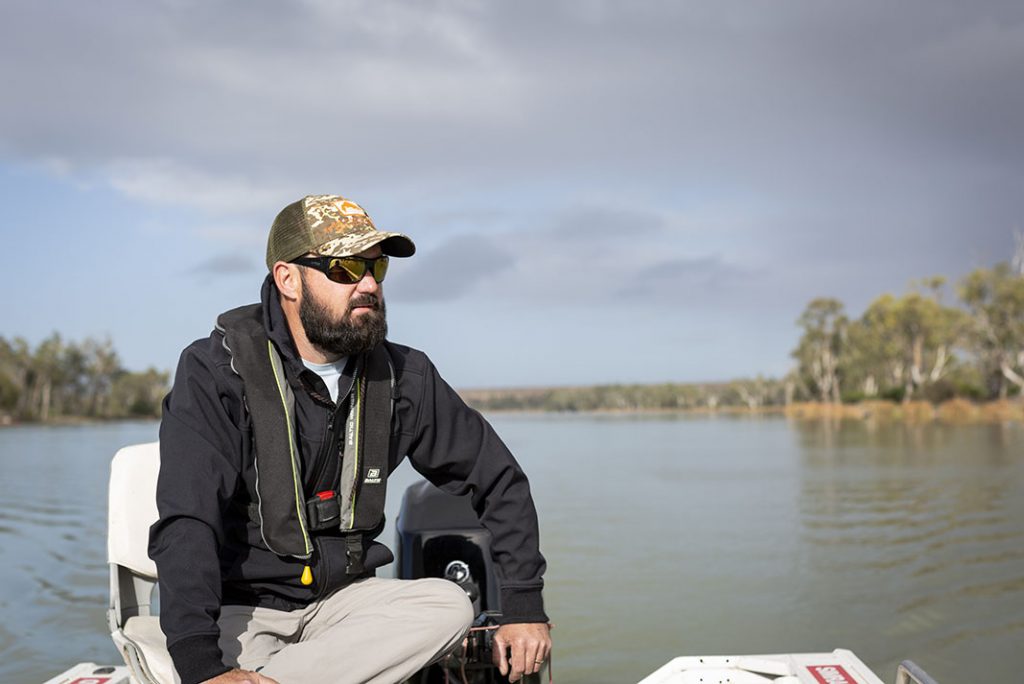
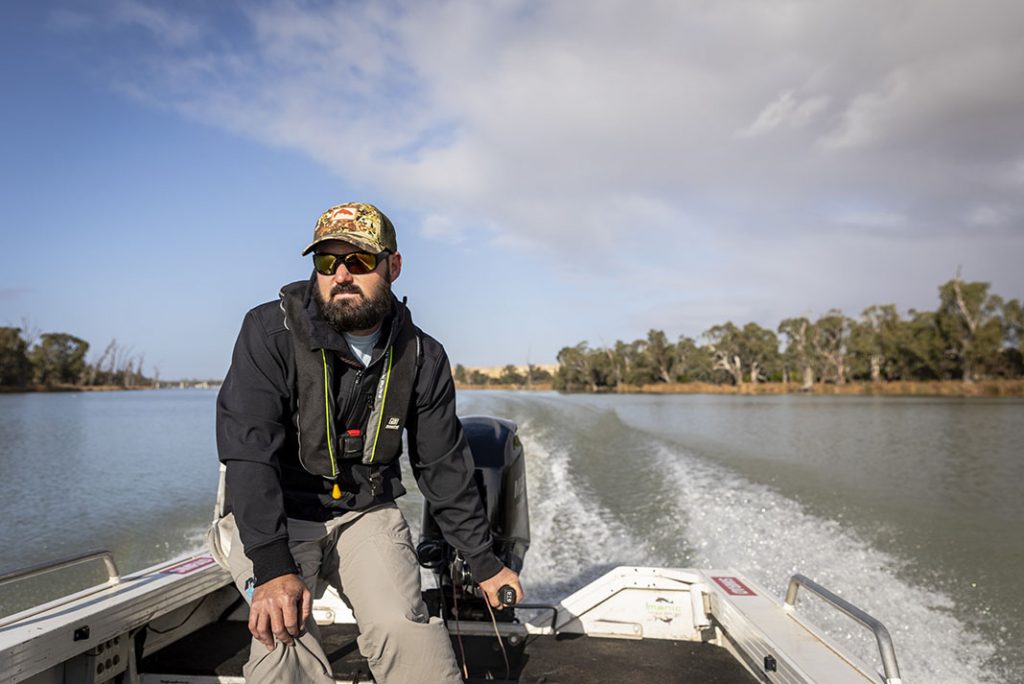
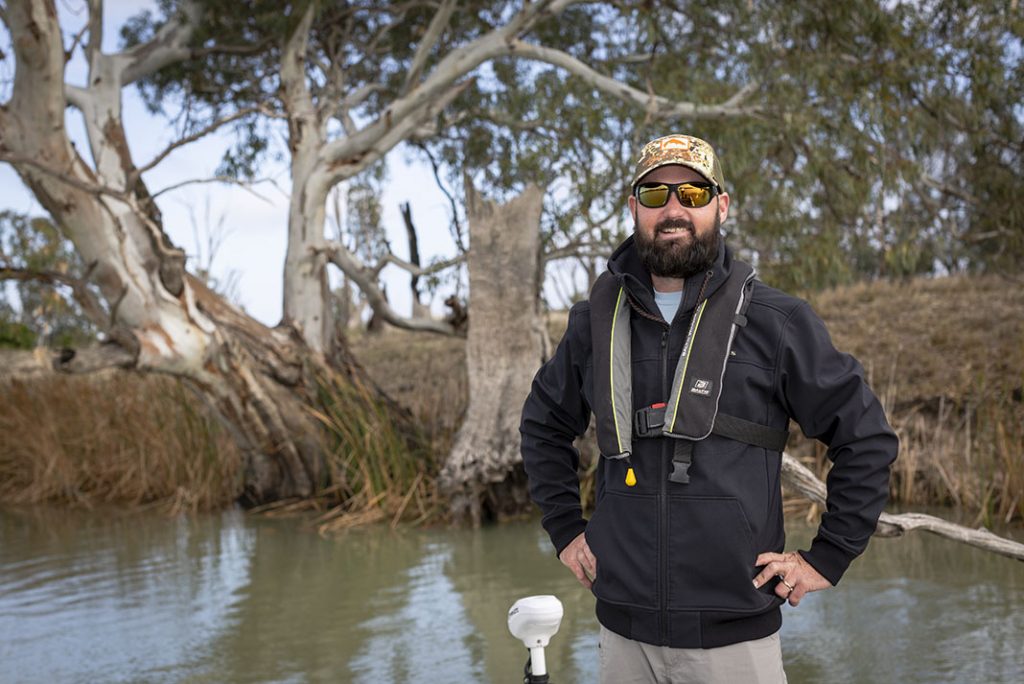
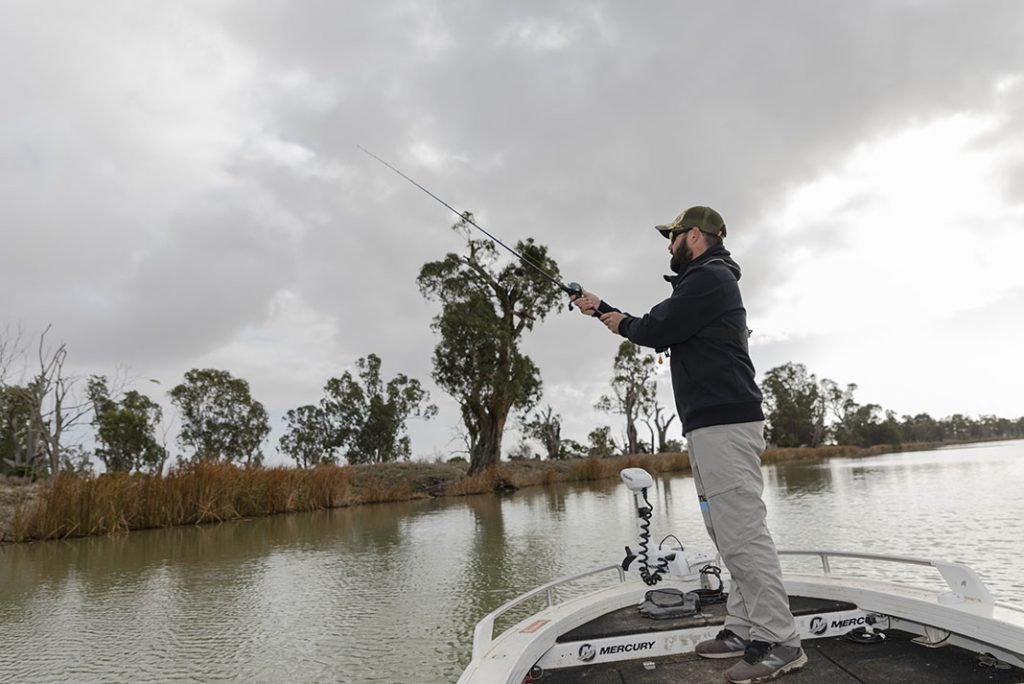

"I have fished the US, Europe, New Zealand and most parts of Australia and yet we can still go to a river like the Murray and catch a giant, wild freshwater fish."
- Lubin Pfeiffer
While the name of the show suggests trophy fish are the ones worth catching, Lubin actually prefers the satisfaction of a slow burn.
“It’s funny, when anglers are young in their fishing stages they only want to catch the big stuff that pulls line, man versus angry fish. Trout for example, don’t pull the hardest or grow the largest but they are a challenging fish that you can work out, and I like that,” he says.
“Then there’s cod, they are horrible. They’re always there, but you might only get one shot for a week’s fishing. I like that too.
“It took me a year to catch my first cod…I guess I like to work for it.”
Moreover, anglers don’t need to look from their backyard for amazing fishing opportunities.
“I have fished the US, Europe, New Zealand and most parts of Australia and yet we can still go to a river like the Murray and catch a giant, wild freshwater fish,” Lubin says.
“Apart from the Amazon and the big catfish of Europe, there’s not many places in the world you get to do that.”
Lubin’s next big challenge is to qualify for the 2020 Commonwealth Fly Fishing Championship.
He knows from his experience representing Australia in five international competitions, including two world championships, that it will require intense preparation.
“It’s technical but you also need to be strong mentally because half the battle is a mind game,” Lubin says.
“You also need to be physically fit. In an international you have five sessions – two lakes, three rivers.
“For river sessions which are in very fast water, you need really strong legs to even get to where you need to fish, and then you need to catch as many fish as you can for three hours.
“I work my beat and sprint back, wade out and start again. Anyone who does not run and make the most of their time is not going to be competitive.”
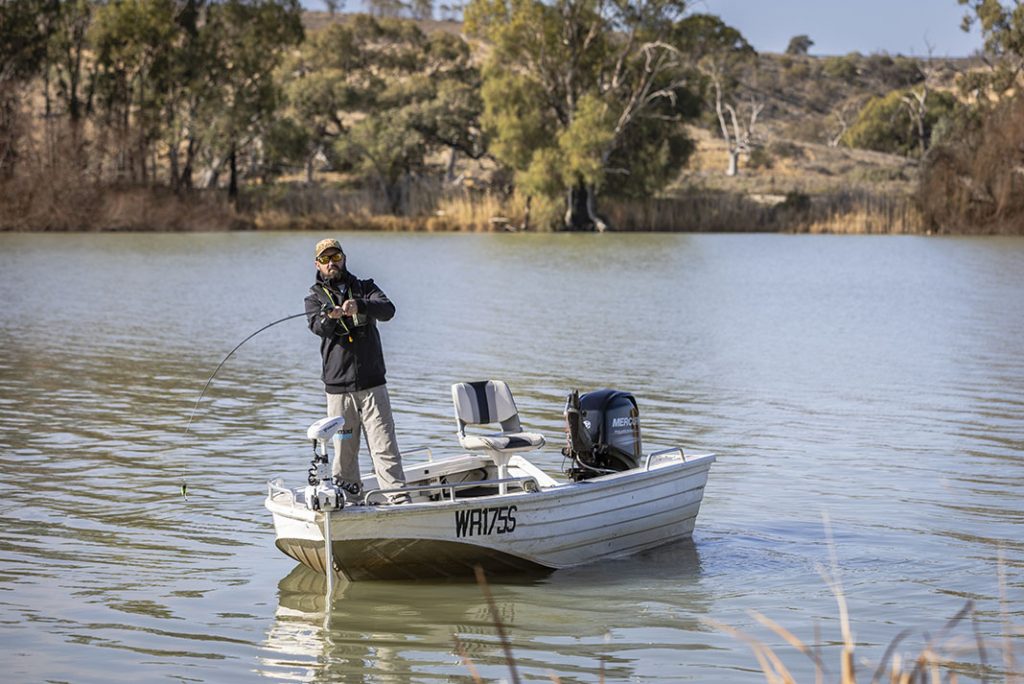
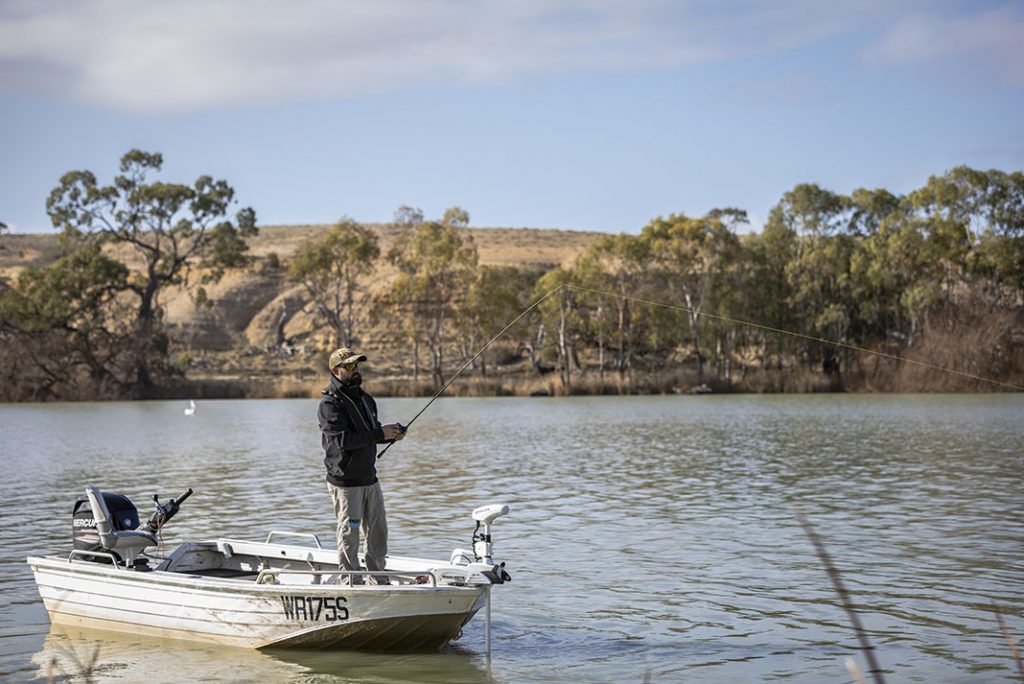
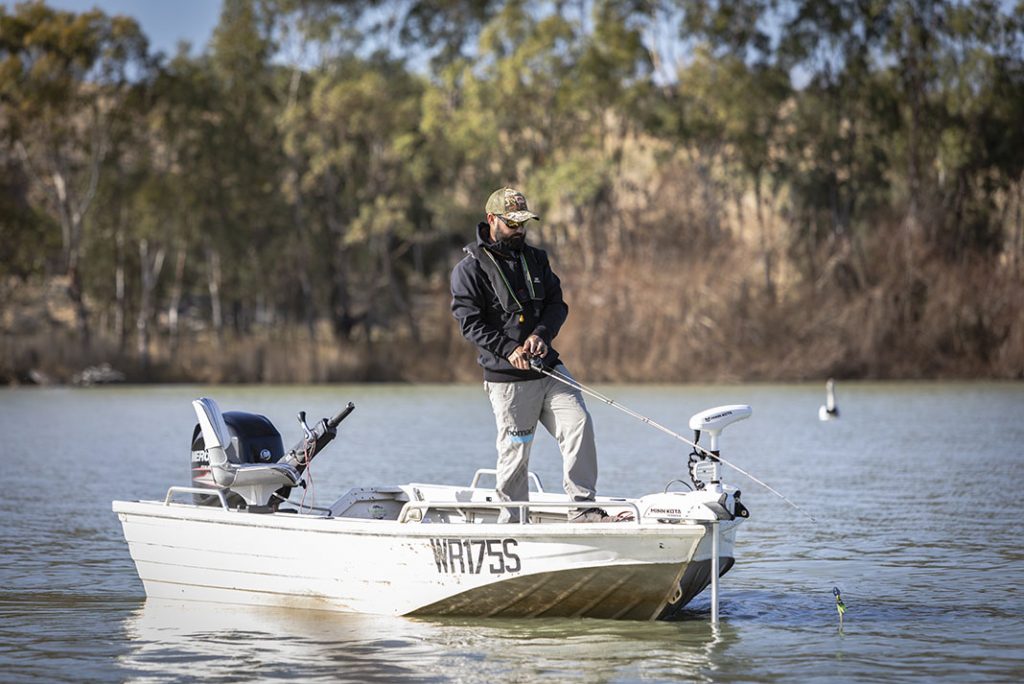
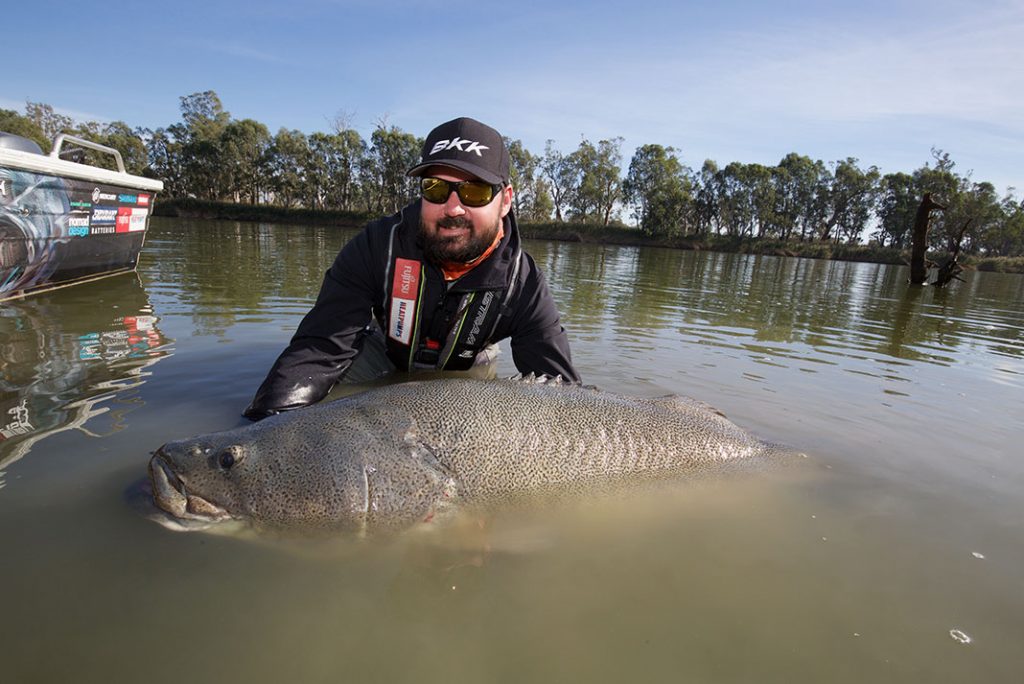
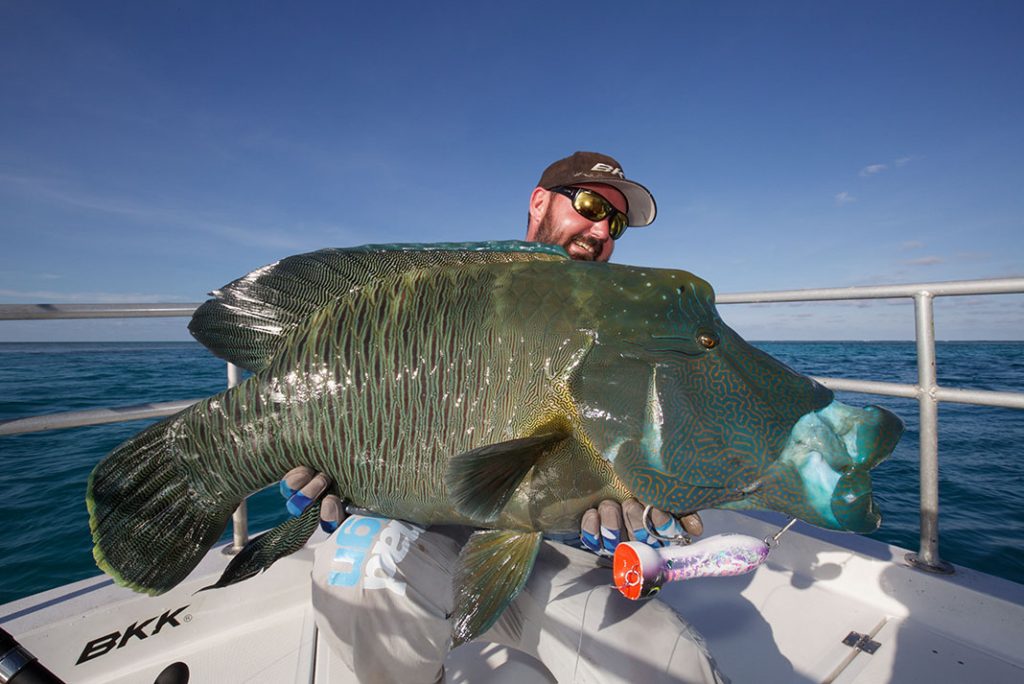
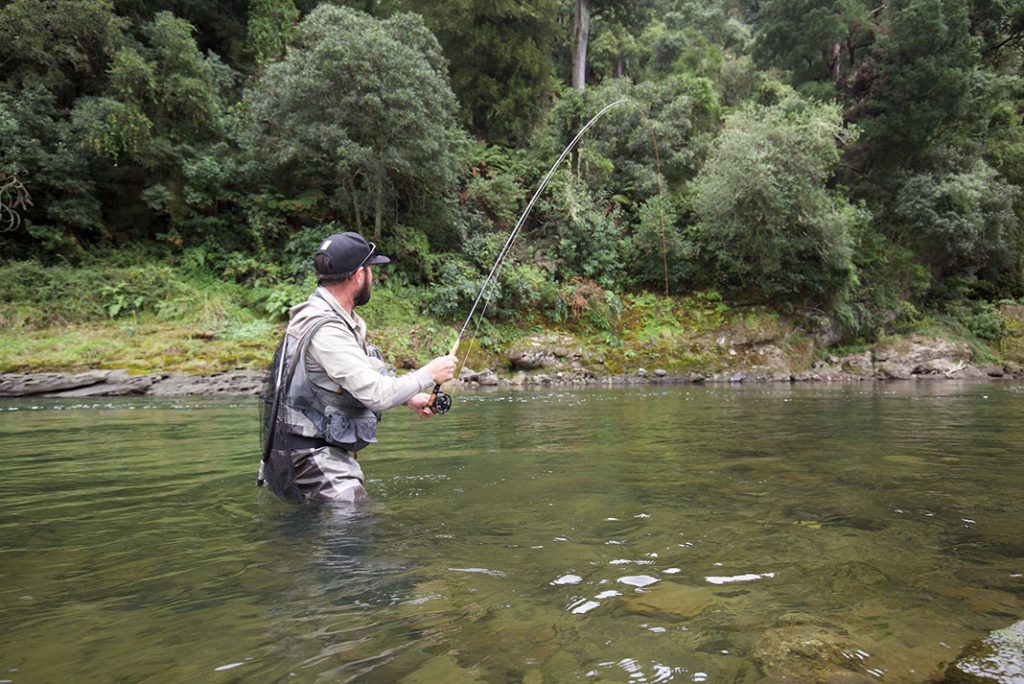
When he’s not filming or competing, Lubin is advocating for improved access and representation for recreational fishers.
He believes SA can emulate the Victorian experience where recreational fishing is worth $7.1 billion to the economy and regular fish stocking attracts families and holiday-makers.
“That would only be a good thing for the Barossa. In Eden Valley, Angaston, Nuriootpa and Tanunda we have the North Para, and three lakes in the Southern Barossa,” Lubin says.
“There’s money to be made through licences and tourism and having more customers in shops and bakeries and caravan parks. The Barossa could be a fishing mecca.”
Big Angry Fish screens on 7mate Saturdays at 4.30 p.m.


